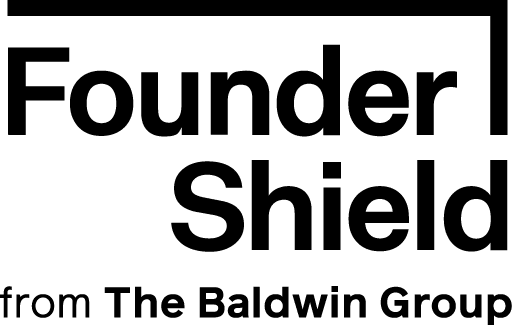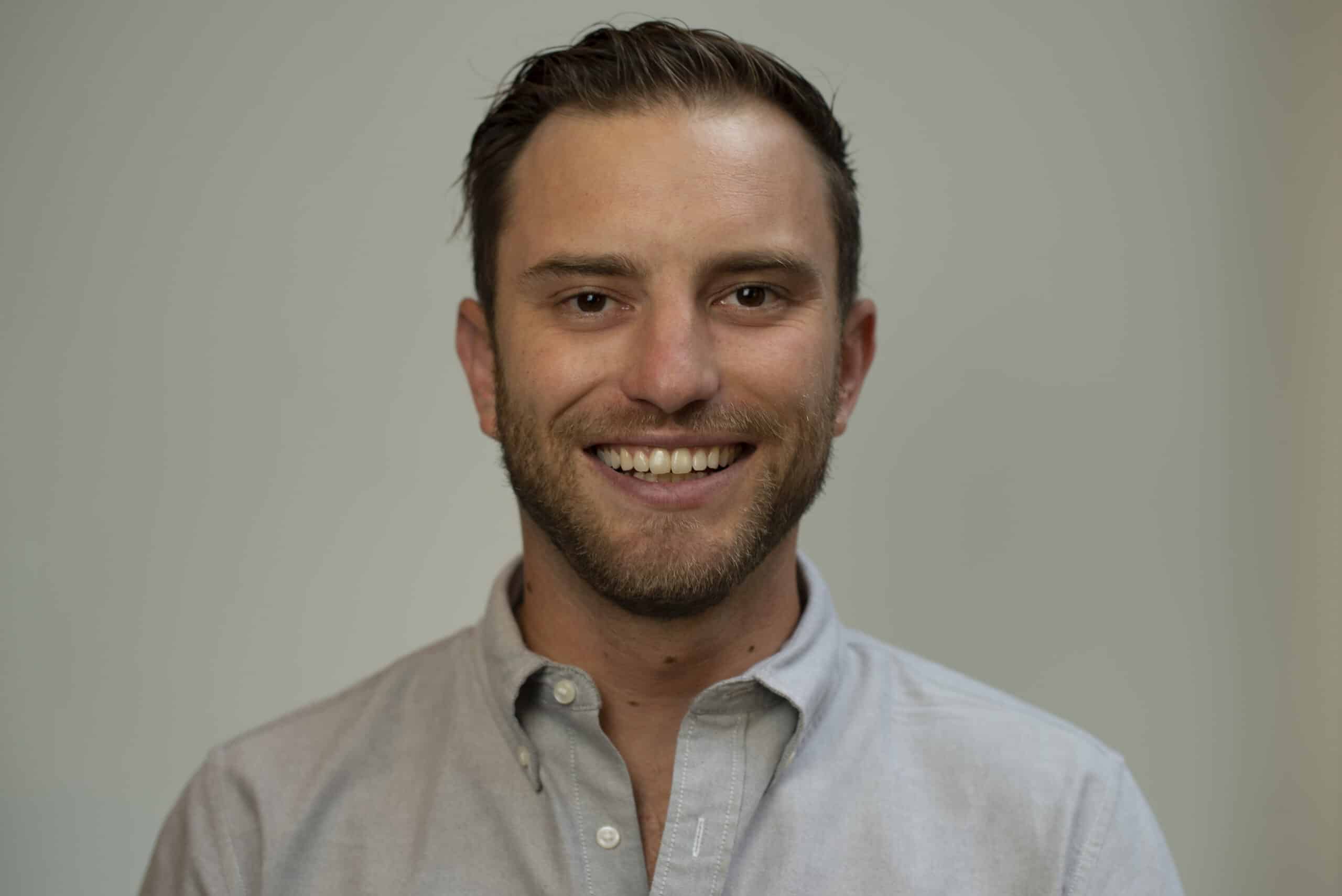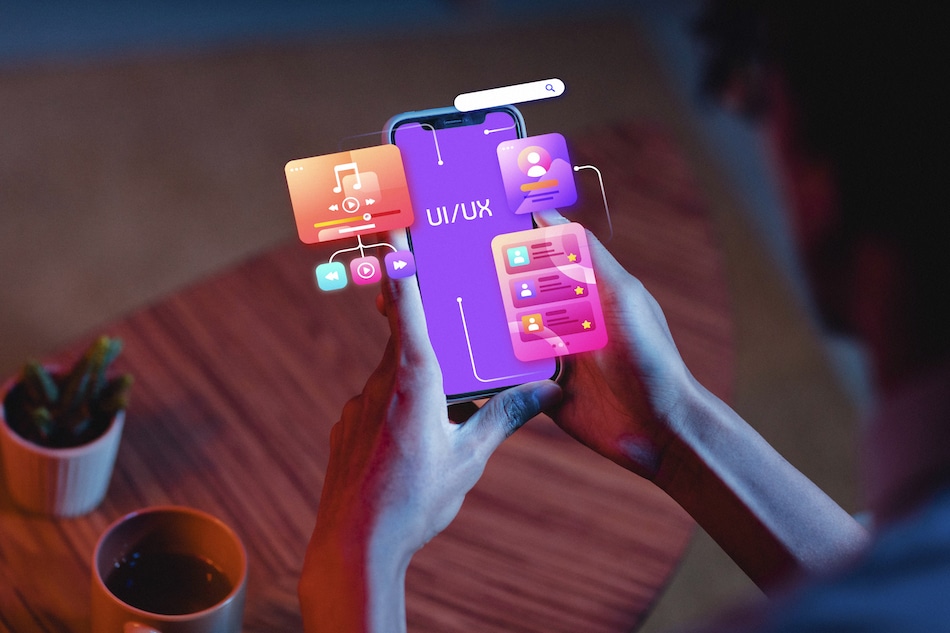Key Takeaways
When it comes to social media, advertising injuries are all too easy to commit. Even famous brands and celebrities make these snafus. Unfortunately, these particular lawsuits are costly and could ruin your reputation (and budget). This post will unveil your social media risks and corresponding insurance coverage that will help you to safeguard your brand.
What Are Advertising Injuries?
Knowing about the exposure you face while marketing your professional brand on social media means understanding the extent of advertising injuries. This type of damage is intangible and often hard to predict or pinpoint — but it exists, nonetheless.
Unlike physical injuries, advertising injuries are a type of personal injury. Instead of damaging tangible property, such as a software system or an office building, this kind of loss typically impacts the reputation of a person or business.
As you might have expected, a professional reputation can make or break a business. When companies align with a negative mindset, social cause, or take the “wrong” side in a stand-off, the damages could be irreparable.
Advertising injuries might include:
- Libel or slander of a person or company
- Using another brand’s advertising ideas without permission
- Infringement of a person or company’s copyright
- Violation of a person’s right to privacy
Unfortunately, social media makes these “mistakes” incredibly effortless to commit. A single click of a button to post something witty or try to appear trendy could cost you loads in legal fees.
Real-life Case Examples
Up to 50% of all small businesses are involved in litigation every year. Additionally, small businesses pay $20 million out of pocket each year in tort liability lawsuits. However, it’s not only small businesses that must be vigilant about social media risks. Plus, personal injuries happen with or without the help of social media. Here are a few famous examples:
- Jewel-Osco Dominick vs. Michael Jordan: In 2009, the supermarket chain Jewel-Osco and the now-defunct Dominick’s used Michael Jordan’s name in a Sports Illustrated ad without authorization. The advertisement compared the NBA legend to a cut-price steak. After a lengthy trial, the courts reached a settlement where the supermarket chain owed the sports start $8.9 million in damages.
Visit here to read the complete story: Michael Jordan Reaches Settlement with Jewel, Dominick’s
- Courtney Love and Twitter: Fast-tweeting rockstar, Courtney Love, was the first celebrity to face lawsuits over the content on social media. In 2009, she allegedly defamed fashion designer Dawn Simorangkir in a series of tweets. This particular case settled for $450,000. However, others have sued Love since then, and she’s paid out hundreds of thousands of dollars in legal fees and settlements.
Visit here to read the complete story: Courtney Love’s Bittersweet Twitter Update
- DiGornio and Domestic Violence Hashtag: Although the frozen pizza brand DiGornio often relies on snark and exploitation to define itself, it typically executes a highly successful marketing campaign. But the brand messed up in 2014 when failing to research the #WhyIStayed hashtag. In attempts to sell frozen pizzas, DiGornio used #WhyIStayed before realizing the hashtag was referencing domestic violence. After realizing its mistakes, the company deleted the tweet quickly — but not before millions of people saw it.
Visit here to read the complete story: DiGornio Uses Hashtag About Domestic Violence to Sell Pizza
How to Avoid Social Media Lawsuits
It might seem like navigating social media is a lot like running the gauntlet. Plenty of regulations, rules, and fine print exist in this world. Plus, new platforms are evolving, increasing the overall use of social media.
Here are a handful of ideas to consider for keeping things between the lines on social media.
Know Your Limits
Facebook, Twitter, Instagram, and more, are mere platforms to deliver a message to the masses. Although they can often reach many potential clients in one fell swoop, plenty of rules still exist for each channel.
If you’re going to use social media as a marketing tool, you must become familiar with the guidelines and best practices for each platform. This approach will maximize your online effectiveness, and it will also help protect you from personal injury lawsuits.
Follow a Content Creation Calendar
As many unfortunate brands have proven, posting aimlessly can severely damage your reputation in seconds. Even if posts only remain live for a short while, the impact could be immense and produce irreparable damage.
Experts advise savvy business owners to plan a social media calendar for content creation. Planning can help you to use social media more strategically, preventing messages that are thrown together last-minute. Instead, your entire team can collaborate and plan an intentional campaign to make a more significant (and positive) impact.
Screen Employees
As a business owner, you might have a social media expert in your corner, or you might rely on an entire marketing team to divvy up social media responsibilities. No matter how you approach your marketing goals, keep in mind that employees can influence your brand.
The following are some ideas to help encourage employees to support your brand and steer clear of social media risks:
- Teach employees about libel and slander.
- Monitor which employees have access to your social media accounts.
- Establish firm branding guidelines for employees to follow.
Be Aware of Headline Risk
Words are powerful. A single headline in an online newspaper or e-magazine can have a ripple effect, influencing an entire market. Most of the time, the “news” impacts a company’s stock market performance. However, a headline can also affect the whole sector, which is why headline risk is a valid concern for business owners.
Naturally, this kind of risk is problematic for the business’s directors and officers since its value often weighs on their shoulders. Unfortunately, headlines can have a significant impact, no matter how accurate the content is.
Invest in Coverage
Even with the best practices and intentions in place, social media mistakes still happen. When they do, it’s vital to have a safety net to recover from the loss. Here are a few insurance policies that help businesses safeguard their brand.
General Liability
We consider a general liability (GL) policy the firm foundation on which to build a robust commercial risk management plan. Without it, companies can quickly shutter due to the fundamental risks of merely operating a business. That said, GL coverage works to protect companies against third-party lawsuits of bodily injury, property damage, personal injury, or advertising injury.
Errors and Omissions
Also known as professional liability insurance, errors and omissions (E&O) steps in to protect you from lawsuits claiming that your product or service didn’t perform as expected according to the customer and industry standards. When it comes to avoiding risks, many bloggers forget about this vital coverage.
Directors and officers
Companies can indemnify their executives against covered claims and rely on a D&O policy for reimbursement. This coverage can defend the corporate entity as well as its leadership, too. This is the go-to policy to help protect your company from headline risk.
Commercial Umbrella
Each coverage type has its limits of liability and will only pay out an established amount on covered losses, depending on the arrangement with your insurer. Umbrella coverage is an excess policy meant to supplement your other policies, which are called underlying insurance.
If your underlying insurance policies don’t cover specific claims entirely, umbrella insurance or social media insurance covers the outstanding costs. It’s an affordable solution to a complicated problem.
Understanding the details of what coverage your company needs can be a confusing process. Founder Shield specializes in knowing the risks your industry faces to make sure you have adequate protection. Feel free to reach out to us, and we’ll walk you through the process of finding the right policy for you.
Want to know more about small business insurance? Talk to us! You can contact us at info@foundershield.com or create an account here to get started on a quote.











